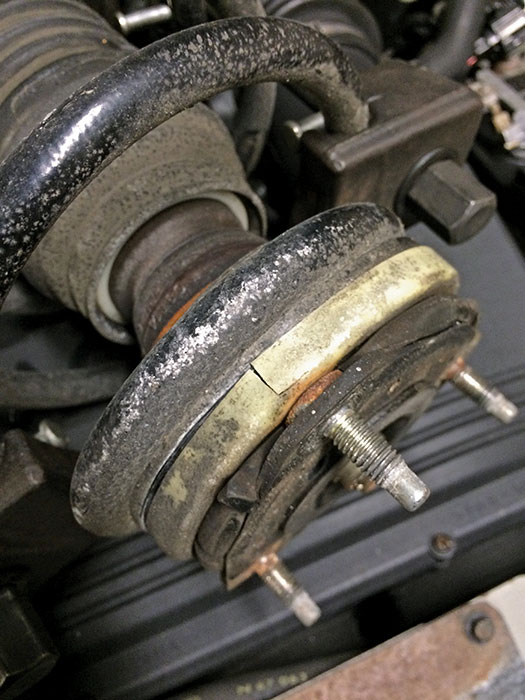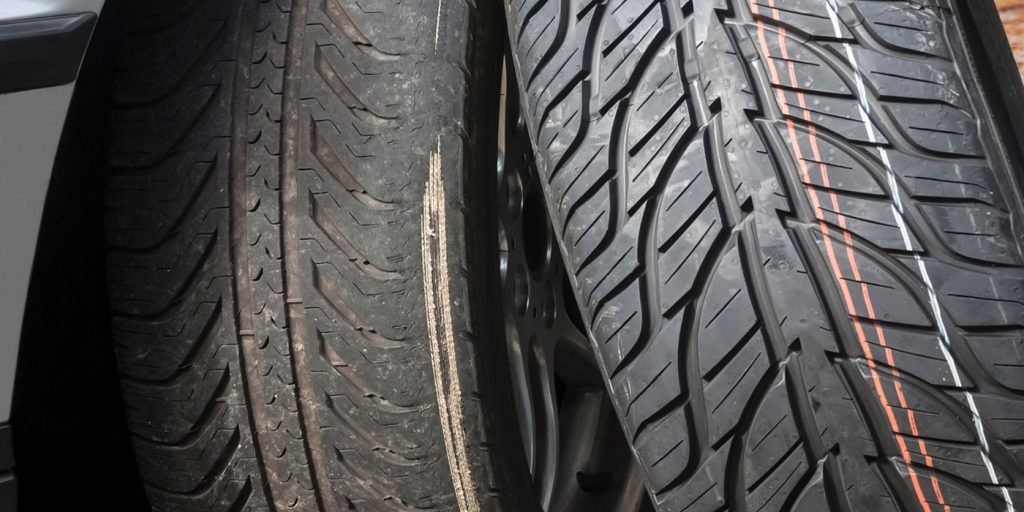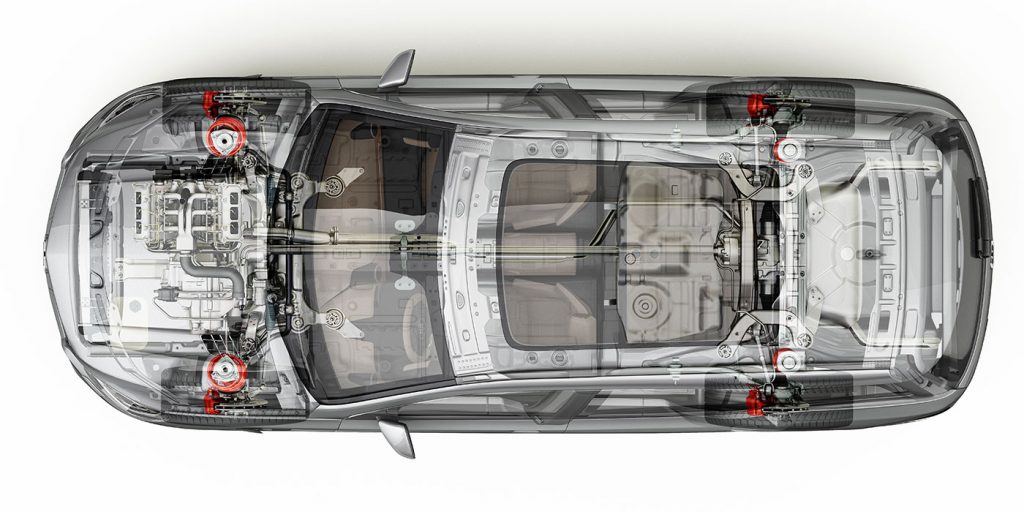Offer Your Customers A Consultation
For most late-model cars and SUVs, the shocks and struts have improved during the past decade. New materials for the shaft seal keep more of the oil inside the body of a strut or shock during billions of cycles. New valving designs in the base and piston allow for both comfort and handling.
With all these advancements, is there still an opportunity to sell shocks and struts to import-nameplate owners? Yes. But it requires inspection, communication and determination.
Inspection
The first step in selling ride control is the inspection process. If you are not inspecting every vehicle that enters your shop, you are missing a huge opportunity. A visual inspection of the shocks and struts can tell you a lot about the ride control units. If possible, visual inspections should be performed before the test drive. This is a chance to make sure the vehicle is roadworthy before you put your own life at risk.

Lift up the dust boots and look at the body of the unit for leaking oil. Look at the springs. Make sure there is the same number of coils on both sides. Look at how the ends of the coil make contact with the upper and lower seats. Another clue is the bump stops. If the springs or units are worn, the suspension is more likely to bottom out and hit the bump stops.
Ride height is another inspection tool. The ride height inspection method outlined in the service information can be complicated and time-consuming. But for some vehicles, it is absolutely necessary.
If you don’t have time to look it up, use comparative measurements. This process involves measuring asymmetric points on the chassis to see if one side of the suspension is worn. For example, you can measure the distance from a control arm bolt to the ground. If the two measurements are not within 5- to 10-mm of each other, it is a sign you need to investigate further.
Another inspection item is the tires. If the tires have worn outer edges, it is a sign the shocks or struts can no longer control the movement of the body and suspension. In the past, if the ride control was worn it would cause a scalloped pattern or uneven blocks. Most modern radial tires will not exhibit this pattern.

Communication
A complete inspection lays the groundwork for excellent customer communications and increases the possibility of a sale. The results of the inspection can help personalize the sales pitch to the individual customer.
The simple phrase “we noticed” or “the technician noticed” resonates with the customer. If an inspection reveals an issue, the customer might have been ignoring like excessive body roll or noise, it personalizes the message.
This simple exchange of information gained in the test drive, will help to identify and define the value of new ride control components to the customer. Furthermore, the information given to the customer helps to create a tangible need that they can relate to on why the service should be performed. All of this was done without going into techno-speak.
Determination
Often, you are your own worst enemy when selling ride control. It happens to most salespeople: over time they become apathetic to selling ride control products to the customer. It is a cycle with three phases as the salesperson starts to speak no evil, hears no evil from the technician, and eventually sees no evil when it comes to recommending ride control replacement.
The first phase of this no-sale cycle starts with just listing the recommendation for shock or strut replacement on the bill, perhaps adding an estimate and maybe mentioning it casually to the customer during the sales process. This means that the salesperson is investing very little time, effort and emotion into the customer relationship process. The recommendation becomes a “feeler” question rather than a real sales proposal.
The second phase starts when the salesperson confers with the service tech and starts second-guessing if they should even write the estimate on the repair order. They may base their guesses on assumptions, but, chances are they are wrong.
The last phase is the most destructive. Salespeople often rationalize that the time spent trying to sell ride control could jeopardize the rest of the estimate or even scare away the customer. This not only does a great disservice to the shop, but is a greater disservice to the customer.
Never give up! Even if the customer declines the sale now, you have planted a seed that will start to grow when they drive away from your shop and recognize the very symptoms you pointed out.














